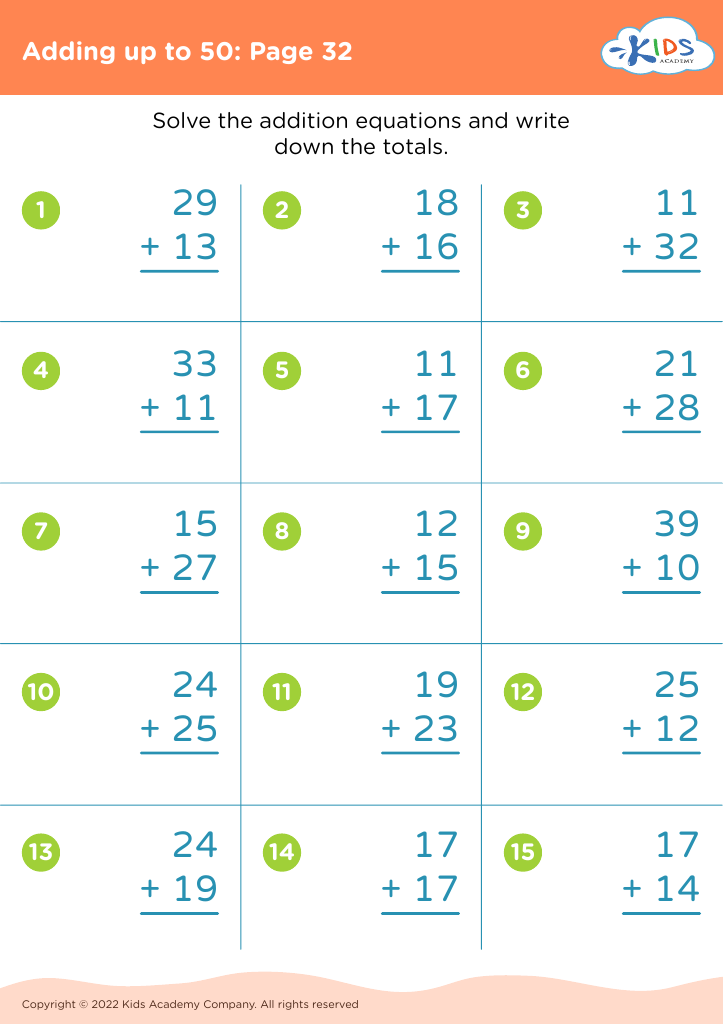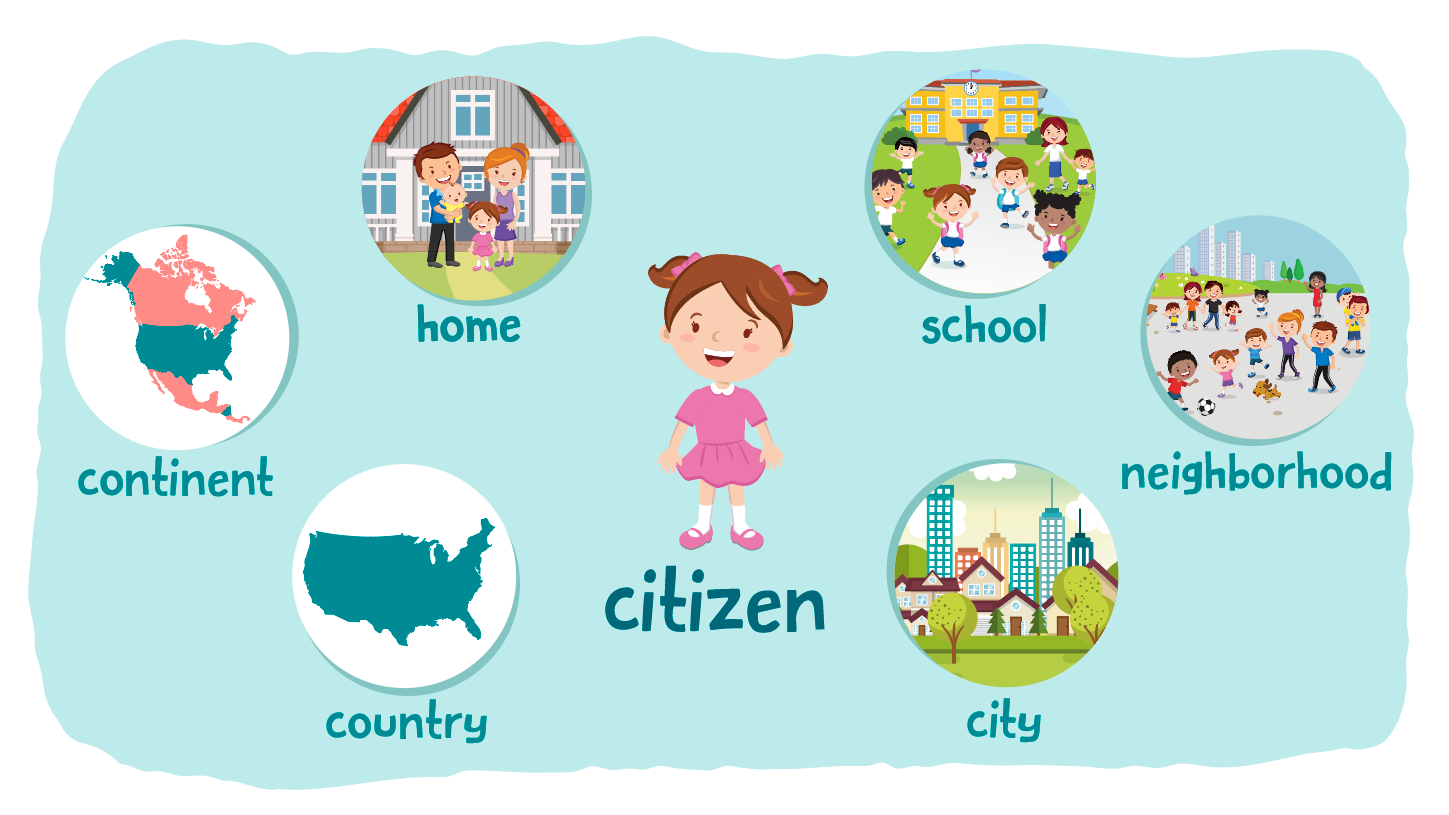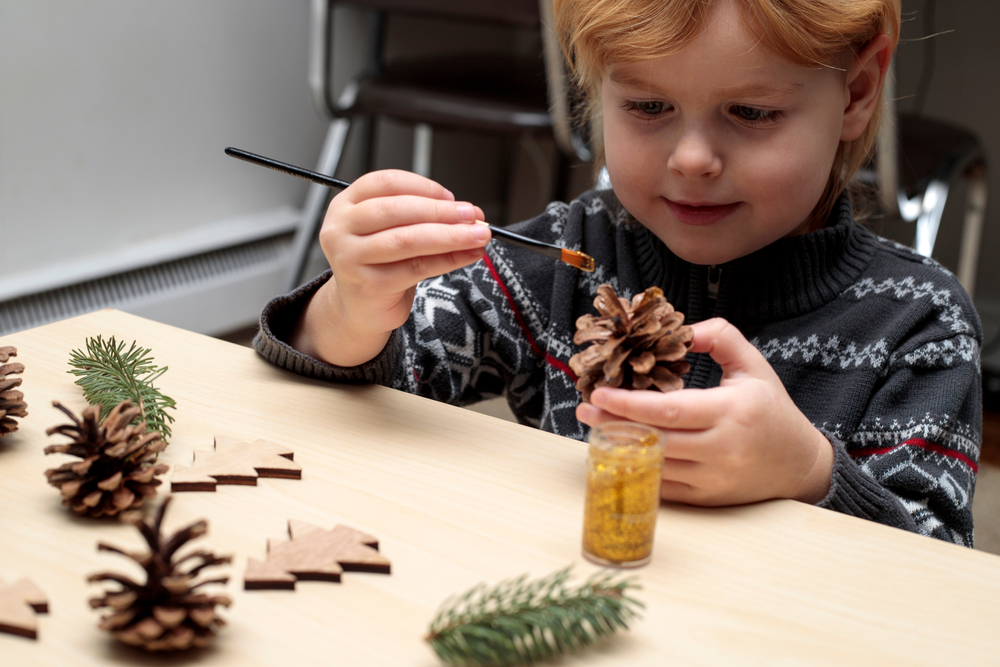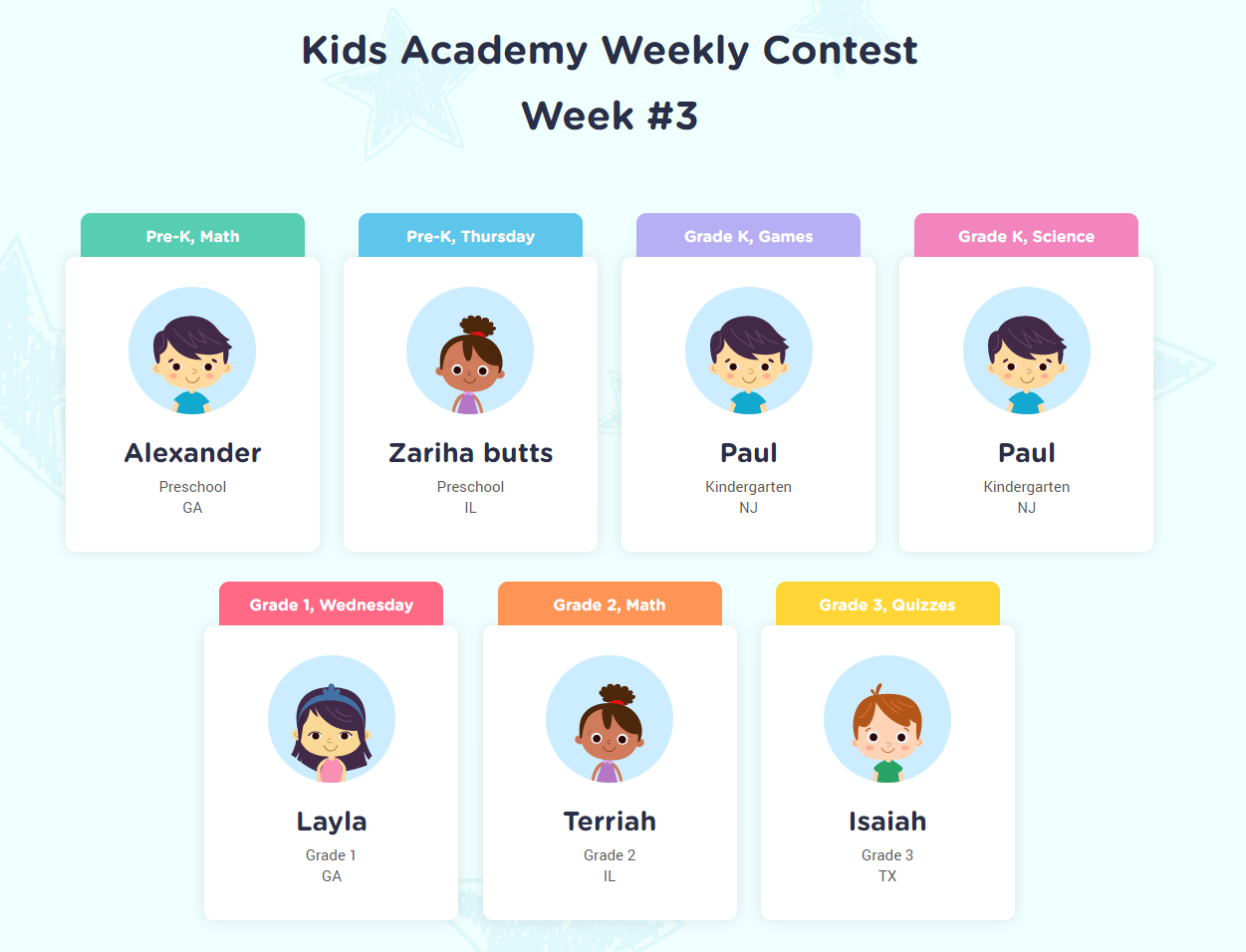Understanding more/less concept Worksheets for Ages 3-9
3 filtered results
-
From - To
Our "Understanding More/Less Concept Worksheets for Ages 3-9" are designed to help young learners grasp foundational math skills in a fun and interactive way. Tailored for preschool to early elementary students, these worksheets engage children with colorful visuals and hands-on activities that illustrate the concepts of comparing quantities. With exercises ranging from counting objects to distinguishing between greater and lesser amounts, kids build confidence in their math abilities. Ideal for parents and teachers, these printable resources provide consistent practice, making learning both enjoyable and effective. Foster your child's mathematical growth with our expertly crafted worksheets.
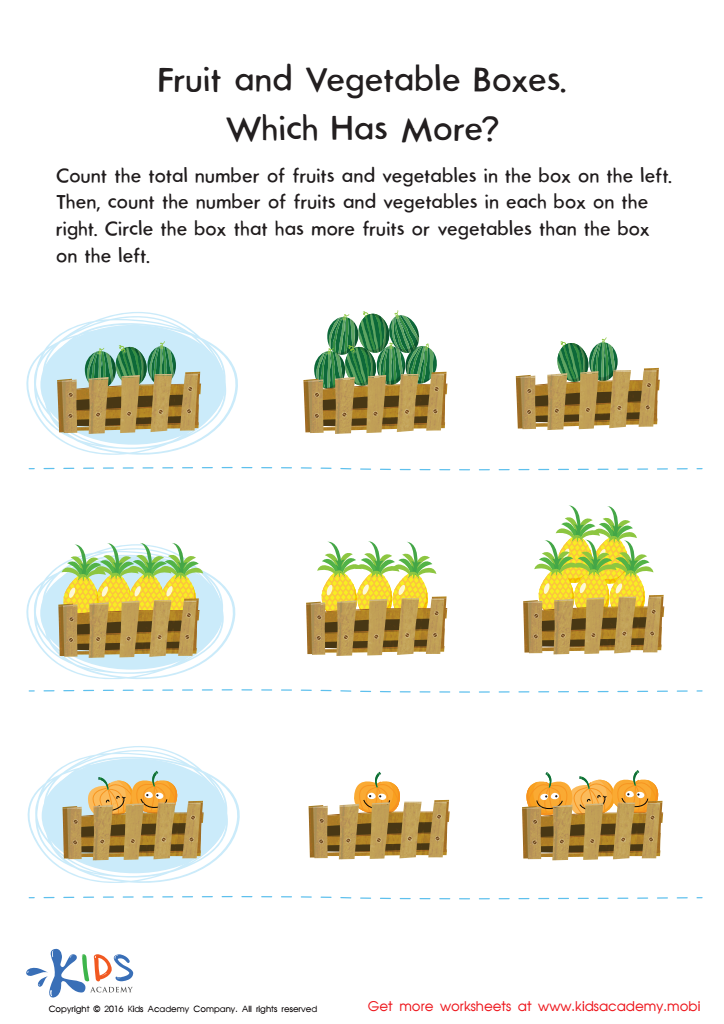

Which Has More? Size Worksheet
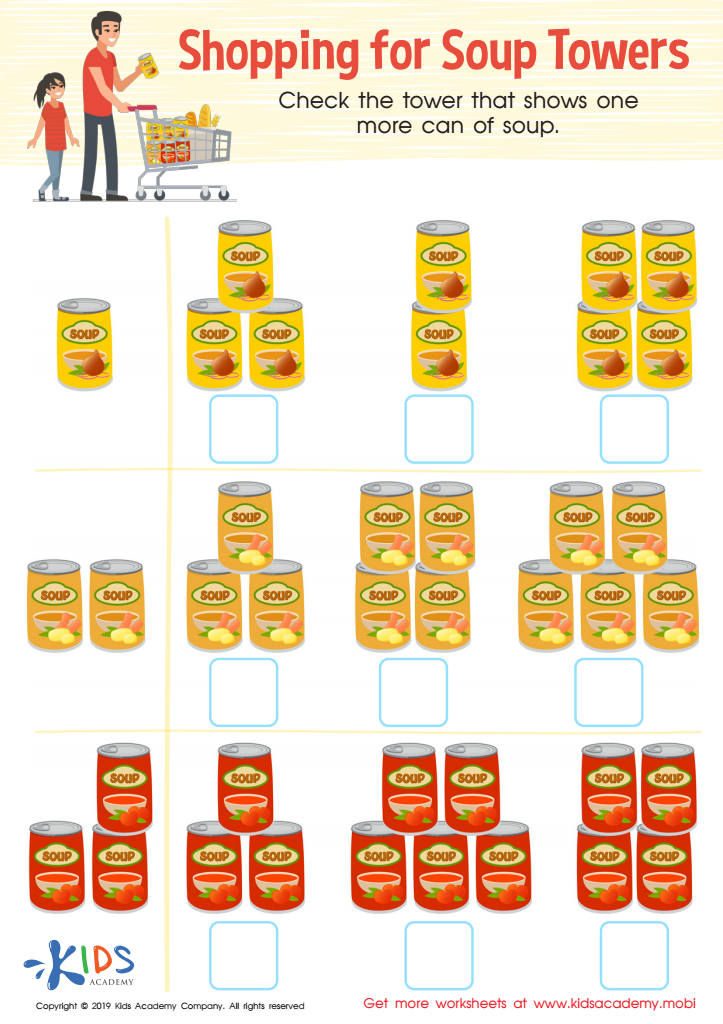

Soup Towers Worksheet
Understanding the concept of "more" and "less" is foundational for children aged 3-9, influencing their cognitive and mathematical development. For parents and teachers, fostering this understanding is crucial as it forms the building blocks of numerical literacy.
Firstly, grasping "more" and "less" helps children make sense of the world around them. Daily activities such as sharing snacks, comparing group sizes, or understanding days of the week become intuitive when they can discern quantities. This practical knowledge is pivotal for day-to-day functioning and boosts confidence in young learners.
Secondly, the concept is directly tied to mathematics. Early familiarity with quantities paves the way for more complex operations like addition, subtraction, multiplication, and division. Without a strong grasp of "more" and "less," advancing in any mathematical discipline becomes challenging and creates learning gaps that can persist into later years.
Additionally, recognizing these concepts enhances problem-solving skills. By evaluating different quantities and making decisions based on comparison, children develop critical thinking abilities. This process of analysis transcends math, aiding them in reading, science, and social interactions.
Ultimately, early education on "more" and "less" fosters a robust foundation for lifelong learning and adaptation. For teachers and parents, imparting this knowledge ensures children are well-prepared for academic pursuits and everyday problem-solving.

 Assign to the classroom
Assign to the classroom
